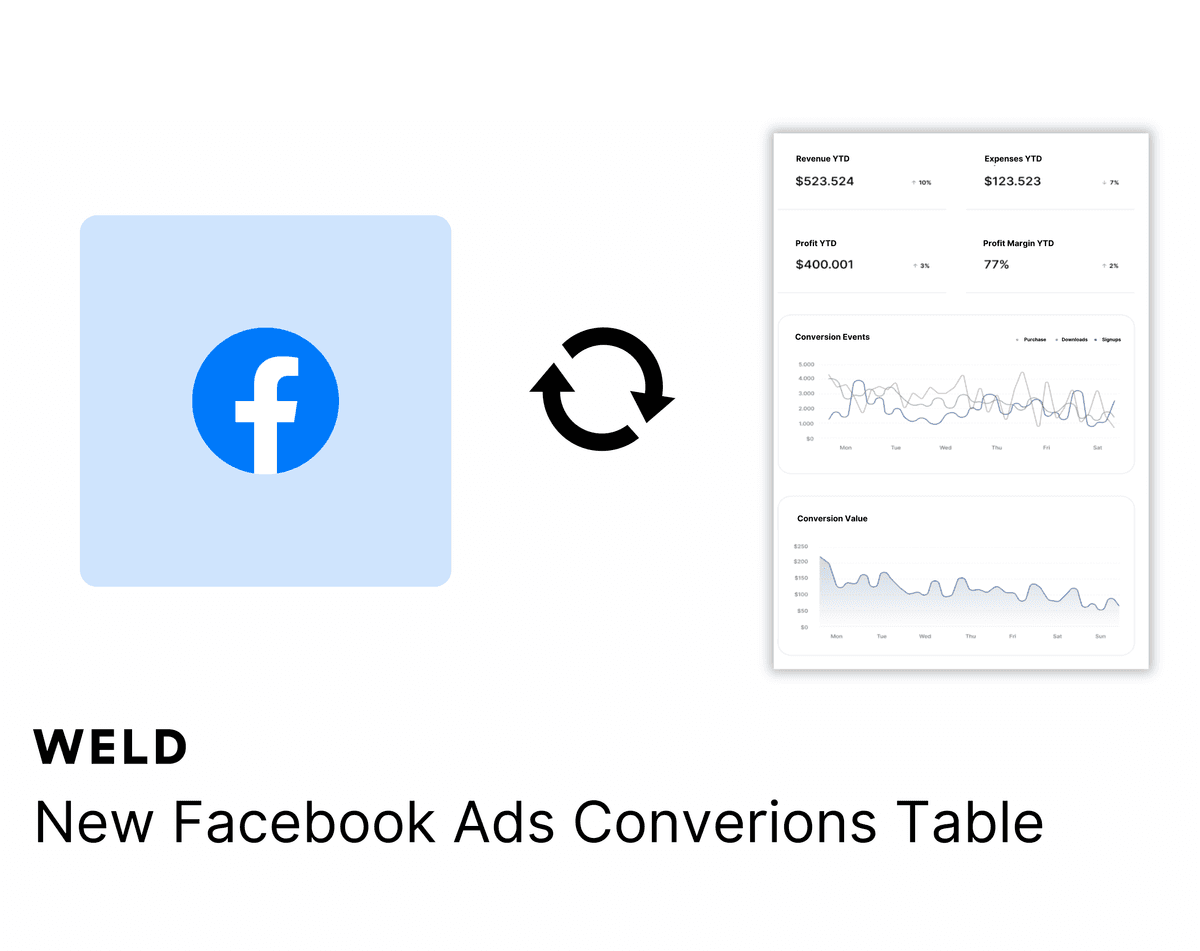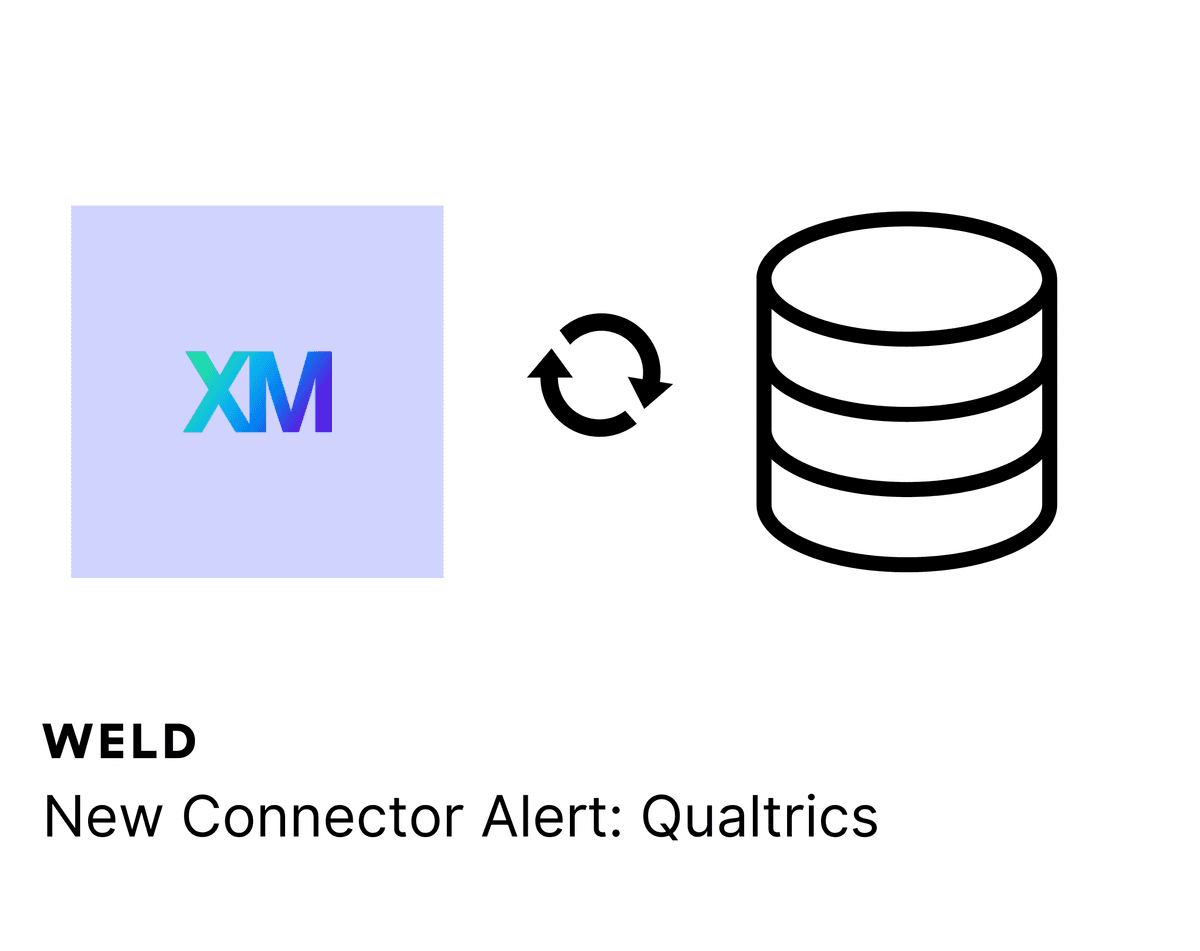
Top 6 Data Warehouses and Best Picks for a Modern Data Stack
In the Information Age, data analysis has become a core part of business. Companies have been investing in data collection resources for the better part of the last twenty years, and now, they have access to massive amounts of data across multiple platforms. Today, the challenge isn't collecting data — it’s knowing what to do with it. This is where a data warehouse can make a big difference.
Data warehouse solutions are increasingly essential as organizations strive to make the best use of their data. But selecting the best data warehouse for your needs can be tough, and there are plenty of options to choose from.
Keep reading to learn more about data warehousing best practices, and how to find the best tool for your company’s needs.
What is a data warehouse?
A data warehouse is a more structured and sophisticated database. It stores your data for you, yes, but it also provides context, history, analysis, organization, and possibly even AI parsing.
These extra features make data warehouses an effective way to store vast quantities of data. And by vast, we're talking about data pools that go beyond terabytes. Businesses collect petabytes of data from the apps, communications, and services their teams and customers are using.
For many businesses, this data is currently going to waste. The immense value it can provide is overshadowed by its tremendous size, rendering it unusable. A data warehouse can help solve this challenge and support big data analytics efforts at your company.
When should you choose a data warehouse over a database?
There's not necessarily anything wrong with databases. But for most companies, a database is too simple to be helpful for business intelligence, especially when a company is pulling data from various sources. It’s similar to how a plain text editor can be used as an integrated development environment (IDE) — functional, but it’ll never have all the features and capabilities that a purpose-built IDE does.
Data warehouses are built for the modern era. They're capable of taking in data from multiple sources, including internal databases, third-party apps and services, customer support systems, diagnostics, and so on. This data is not only stored and secured (as it would be in a database), but it's also structured, organized, and analyzed in helpful ways.
In short, a database is valuable when you just need a place to hold your data. When you need to both store vast amounts of data from various sources and work with that data, then a data warehouse is the way to go.
Why are cloud data warehouses the best option?
Once you’ve decided that a data warehouse will bring value to your company, you need to figure out which type of data warehouse is best. There are two main types of data warehouses: traditional and cloud.
Traditional data warehouses
Companies usually build traditional data warehouses by investing in physical computing hardware (think rooms filled with blinking lights and server racks) and IT personnel. These types of data warehouses have been the standard for a reason: they keep your data on-site, and they can feel more secure.
But, there are downsides to this traditional data warehouse structure. Server rooms take up space. And as your company grows, investing in new servers and keeping existing equipment up-to-date can get expensive.
Cloud data warehouses
Just like so many things, data warehouses have started moving to the cloud. Big companies like Google and Amazon offer data storage solutions to customers entirely over the internet. These data warehouses have a handful of benefits, including their ability to keep your data updated in real-time.
Choosing a real-time, cloud-based data warehouse allows you to get started managing your company’s data almost instantly. Just a few clicks and you’re ready to go. Plus, cloud data warehouses grow with you, letting you quickly scale both your business and your data storage and management all at once.
The 6 best data warehouses
Are you ready to invest in a solution, but not sure how to choose a data warehouse? These are the top 6 data warehouse platforms on the market, and some of the key benefits of each option.
1. Snowflake
Snowflake is one of the most popular and easy-to-use data warehouses out there. It’s one of the most modern data warehouses, and flexibility is one of its main selling points.
Snowflake is cloud-agnostic, meaning it can be deployed anywhere including AWS, Azure and Google Cloud. For many businesses, that's a good thing! You can start using Snowflake almost immediately after pulling your data to it, whether you do that manually or with an ELT tool like Weld. It supports nearly unlimited amounts of data storage, data sources, and concurrent users.
Snowflake is one of our most-recommended data warehouses, with BigQuery as the only good alternative. The separation of storage and compute make it simple to manage capacity and ensure fast response times for all warehouse workloads.
2. Google BigQuery
Google BigQuery is Google's offering to the data warehouse industry and resembles most of Google's other software products: It's entirely cloud-based, free (up to 10GB), and super easy to use.
One of the key selling points for BigQuery, aside from its integration with the rest of Google's services, is its analytic capabilities. You can’t overstate Google's ability to work with large amounts of data, and BigQuery is no exception. It offers predictions, insights, and intelligence features, making it a scalable and viable long-term solution.
Because of all this, BigQuery is a great warehouse if you’re building a Modern Data Stack. And, if you’re looking for a plug-and-play solution for a Modern Data Stack that syncs up with Google BigQuery, Weld might be just the thing for you.
3. Amazon Redshift
Amazon Redshift was one of the first cloud data warehouses to launch back in 2012 and has played a key role in establishing the data warehousing industry. Just like Google, Amazon is not one to be left behind in any digital sector. And for enterprises, there are few better solutions out there. Amazon Redshift can support exabytes of data (one billion gigabytes), allowing nearly unlimited data storage.
That said, they have been slightly behind on development and only recently made efforts to separate compute and storage — a feature that Snowflake and BigQuery already had. Redshift is an AWS product, a cloud platform that's popular among large enterprises. It’s a more technical platform, though, so it requires a team who can integrate and manage your Redshift data warehouse.
4. Azure Synapse Analytics
Previously known as Microsoft Azure SQL Data Warehouse, Azure Synapse Analytics is Microsoft’s version of the data warehouse. This cloud data warehouse is well suited for organizations looking for an easy on-ramp into cloud data warehouse solutions, thanks to its intuitive integration with Microsoft SQL server.
Some its key differentiators include Dynamic Data Masking (DDM), which adds a layer of security by masking sensitive data to non-privileged users. In terms of product features, on top of the enterprise data warehousing, Azure Synapse Analytics offers a unified analytics platform, choice of language to query data, and end-to-end data monitoring.
One thing to note is that Azure Synapse Analytics is a great data warehousing choice if you’re already using the Microsoft suite of business tools. However, it doesn’t integrate as well with external tools as other data warehousing solutions do.
5. IBM Db2 Warehouse
IBM’s answer to the modern, cloud data warehouse is the Db2 warehouse on cloud. It’s known for its reliability, good transaction control and high availability. It also benefits from IBM’s Netezza technology, meaning that users are equipped with advanced data lookup capabilities.
It’s a good solution for businesses looking to integrate with other IBM tools, as well as Oracle products. IBM Db2 is definitely suited to enterprise use, similar to the SAP Data Warehouse or Oracle Autonomous Data Warehouse. Because of that, we don’t recommend Db2 for small companies that are just getting started with cloud data warehousing, due to its high price point and limited usability features.
6. Firebolt
Another major player in data warehousing is Firebolt, a favourite among Data Engineers and Data Analysts alike. Firebolt’s primary focus is speed, and their order-of-magnitude performance is what sets them apart from the competition.
Built for modern usage, Firebolt can handle semi-structured data, those datasets that sit somewhere between fully structured and unstructured. Firebolt boasts being built for data lake scale volumes, and its decoupled storage and compute architecture make it easily scalable.
Make the most of your data warehouse with Weld
Choosing from the data warehouse options available to you is just the first step in building a modern data stack. Businesses can take things to the next level by integrating their data warehouse of choice with Weld. Whether you’re looking for ETL or Reverse-ELT solutions, Weld’s all-in-one data platform can help you maximize your data’s potential.
Continue reading

New Facebook Ads Conversion Table
Analysing your Facebook Ads conversion data has now got easier with our new conversion insights table.

New Connector Alert - Qualtrics
Need better Qualtrics reporting? Weld allows you to seamlessly integrate your Qualtrics data with the rest of data sources, creating a unified view of your business metrics. Enhance your analytics and make more informed decisions with our new ETL connector!

G2 2024 Summer Reports
The G2 2024 summer reports are live and Weld has been awarded 39 badges!





